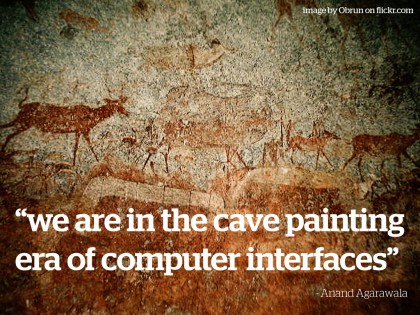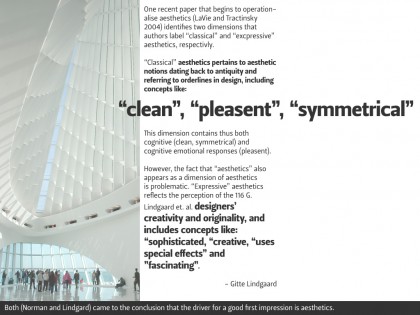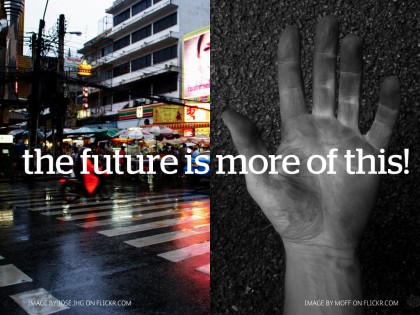We accept new technology as difficult to use – after all, its just technology. We let technology slip through our fingers, we don’t ask enough questions, and we don’t demand something better
of men aged 40 and above identified ED as the health issue generic viagra online • After initial follow-up ED assessments can be conducted as routine checks for.
. We accept that stuff doesn’t work because we think it’s the best it gets.
Signing up senior citizens for lessons in how to use online banking does not indicate a senior problem – what we have is a design problem.
Anand Agarawala starts if his TED Talk in 2007 by saying that we are in the cave painting era of interaction design, and he is completely right.
Yves Béhar thinks the same way when asking: Why do we have this NumLock thing on our keyboard, do people use it, do they need it? Do people want it in their home?
Are we asking ourselves these questions? Take a look down at your keyboard, how many of the keys have you never used or touched? Which do you use all the time? As Jeff Han examines: Why is the keyboard designed the way it is? And why do we accept it?
We let technology slip through our fingers, we don’t ask enough questions, and we don’t demand something better. We accept that stuff doesn’t work because we think it’s the best it gets.
”If the computer is so smart, why do I have to do all the work?” – Seth Godin
Most of the current communication between people and the information layer (the internet) happens on boxes and screens. But we are heading to a world where not everything that has to do with the Internet is going to be through machines. We are getting hardware and software everywhere – or everyware – as Adam Greenfield coins it. And in order to take a leap forward the design craft needs to start helping us as humans, rather than decorate technology.
I’ve picked three abilities of design that we have to think more about if the future is going to be more than a copy of the Internet as it is today:
1. We have to understand technology better if we are to use it better. Today we’ve created a distance between technology and ourselves, we misunderstand it and it confuses us. We overcomplicate things, make wrong priorities and design stuff on premises set by technology – not ourselves.
2
. The most important property of design is not emotions, but motivation. Aesthetics have a far more important function than just feelings and personal taste. If something is perceived as aesthetically beautiful people are be more motivated to understand and use it. Aesthetics are a driving force, not decoration. Aesthetics in this context is about clean, pleasant, symmetry – properties helping the brain concentrate its energy on use, not decoration.
3. What is real? It’s not about the visual presentation of things – but how it behaves. Look at the Tamagotchi; the little toy that tormented the world ten to fifteen years ago. The screen was made up of black or blank dots in an eight by eight grid. People where completely addicted to their Tamagotchi, not because of the visuals, but because of its behavior – it had to be fed, it had to sleep, it cried and acted quite human.
We haven’t been very good at online so far. Because, despite design awards and distinctions we have to admit that today design is a quilt of adaptations, where technology still makes demands and ads confusion.
As we now move from screens and machines to hands and cities we have to make certain that what we make has a sense of human property. Our job is to motivate people to learn and use new solutions – and that boils down to designing experiences that are human and real.
The original presentation found on slideshare.net.




